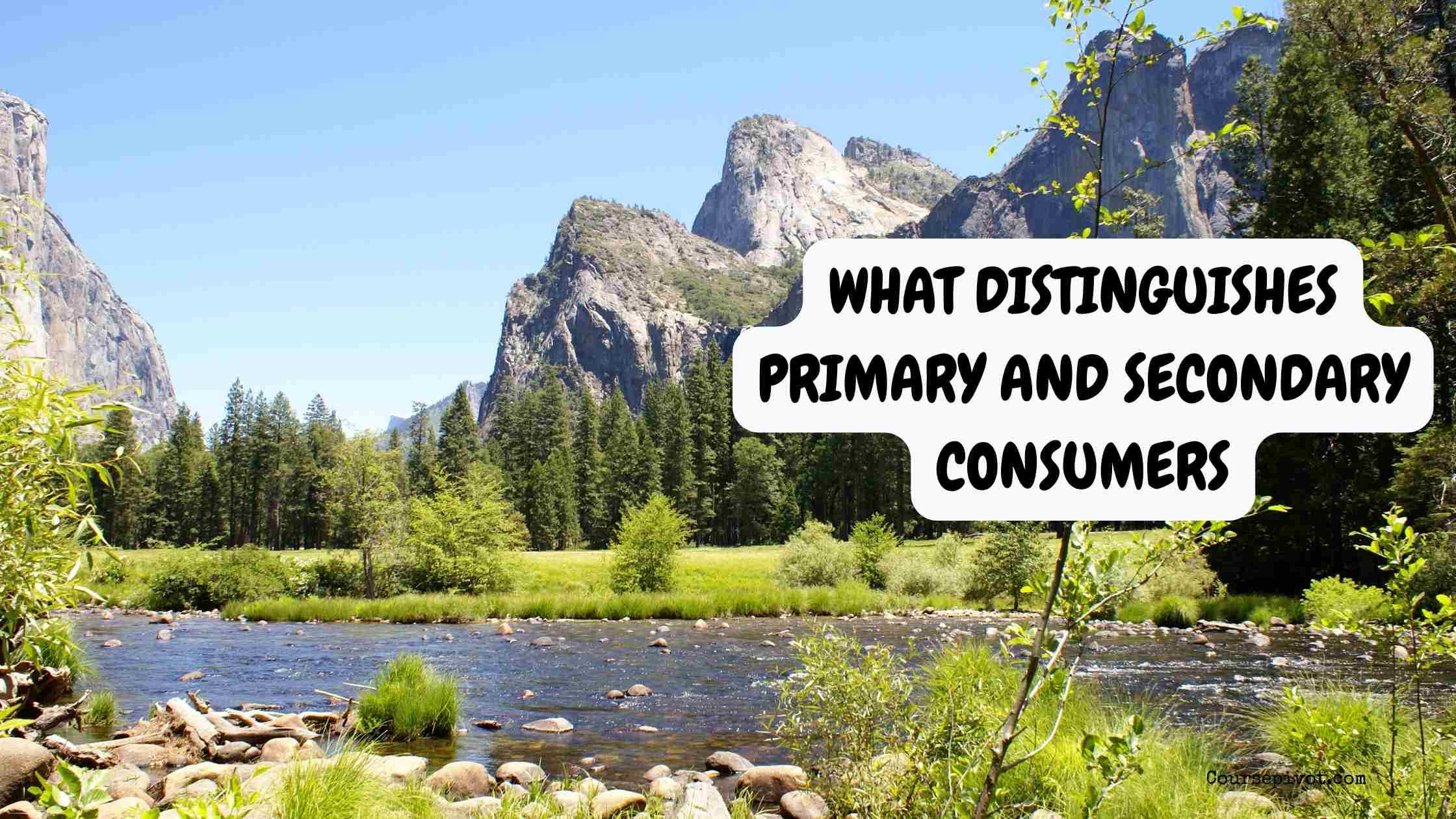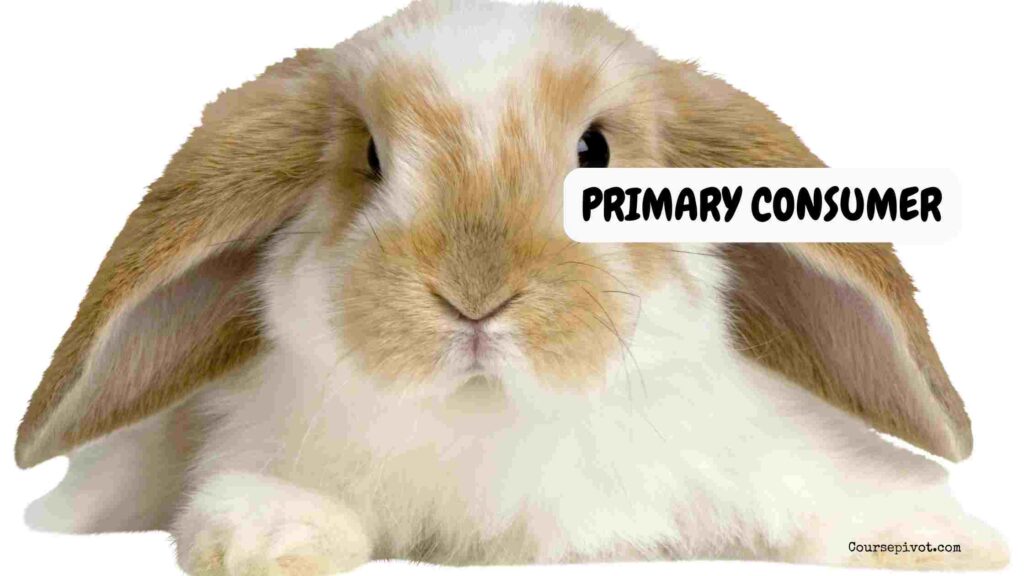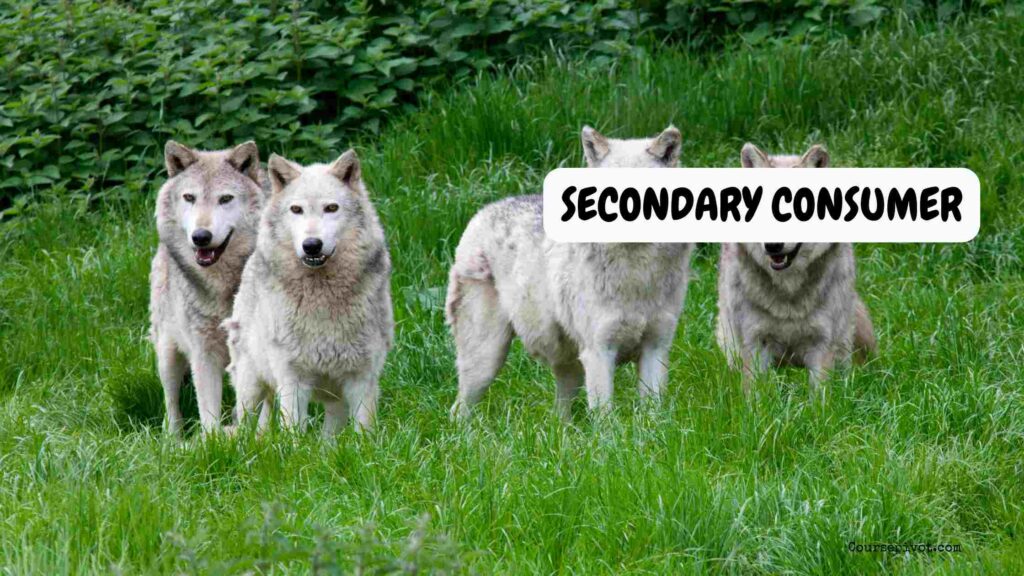
What Distinguishes Primary and Secondary Consumers
In any ecosystem, energy flows from one organism to another through feeding relationships called food chains or food webs. Understanding the difference between primary and secondary consumers is key to grasping how these energy transfers work.
Primary Consumers
Primary consumers are the herbivores — animals that eat plants or other producers (like algae). They are the first level of consumers in the food chain. By feeding on producers, they get energy directly from plants, which create energy through photosynthesis.
- Read our blog on How to Write a Family Analysis Paper: Sample Outline
Examples of primary consumers include rabbits, deer, caterpillars, and some insects.

Secondary Consumers
Secondary consumers are carnivores or omnivores that eat primary consumers. They are the second level of consumers in the food chain. Secondary consumers get their energy by consuming herbivores.
Examples of secondary consumers include wolves, snakes, frogs, and some birds.

Key Differences Between Primary and Secondary Consumers
| Aspect | Primary Consumers | Secondary Consumers |
|---|---|---|
| Diet | Eat producers (plants, algae) | Eat primary consumers (herbivores) |
| Trophic Level | First-level consumers | Second-level consumers |
| Type of Consumer | Herbivores | Carnivores or omnivores |
| Energy Source | Obtain energy directly from producers | Obtain energy indirectly by eating herbivores |
| Examples | Deer, rabbits, grasshoppers, zooplankton | Wolves, snakes, frogs, birds of prey |
| Role in Ecosystem | Convert plant energy into animal energy | Control primary consumer populations |
| Digestive Adaptations | Often have adaptations for digesting plants (e.g., specialized stomachs) | Adapted to digest meat or mixed diets |
Why This Matters
Knowing the difference between primary and secondary consumers helps us understand how energy moves through ecosystems and how different species depend on each other for survival. It also highlights the balance required to keep ecosystems healthy — if one consumer level is affected, it can disrupt the entire food chain.
| Food Chain Level | Role in Ecosystem | Diet/Source of Energy | Examples | Key Attributes |
|---|---|---|---|---|
| Producers | Create energy through photosynthesis | Produce their own food using sunlight | Plants, algae, phytoplankton | Convert solar energy into chemical energy; base of all food chains |
| Primary Consumers | Herbivores that eat producers | Eat plants or producers | Rabbits, deer, caterpillars | First-level consumers; convert plant energy into animal energy |
| Secondary Consumers | Carnivores or omnivores that eat herbivores | Eat primary consumers | Snakes, frogs, small birds | Second-level consumers; control herbivore populations |
| Tertiary Consumers | Top predators that eat secondary consumers | Eat secondary consumers | Hawks, wolves, sharks | High-level predators; often apex in the ecosystem |
| Decomposers | Break down dead organisms and recycle nutrients | Feed on dead plants and animals | Fungi, bacteria, earthworms | Recycle nutrients back to soil; essential for ecosystem health |
Here is a summary
Primary consumers eat plants; secondary consumers eat primary consumers.
This simple distinction explains a lot about feeding relationships in nature and how energy travels through ecosystems.
Recognizing these roles deepens our appreciation for the complexity and balance of life around us.
Cite this article
You can copy and paste your preferred citation format below.
Martin, L. & Arquette, E.. (2025, May 26). What Distinguishes Primary and Secondary Consumers. Coursepivot.com. https://coursepivot.com/blog/what-distinguishes-primary-and-secondary-consumers/



